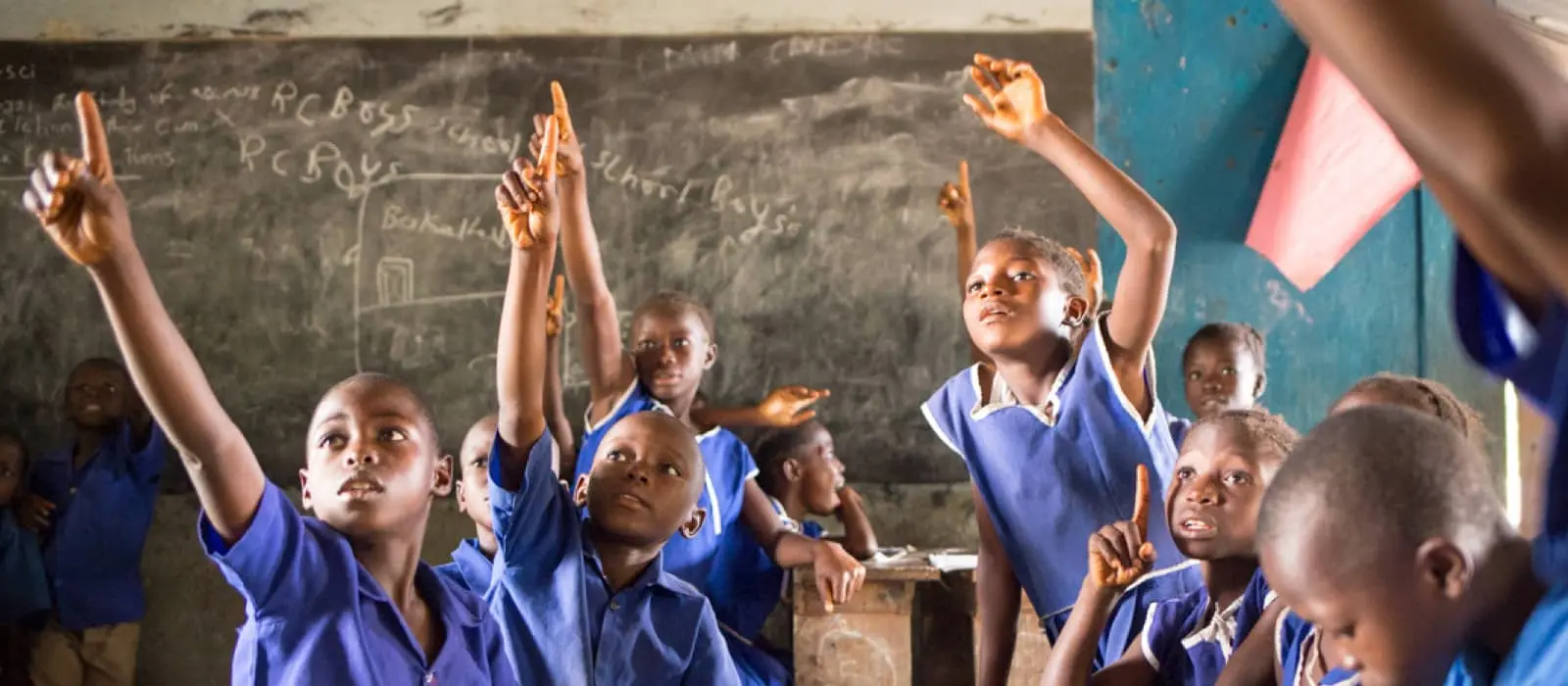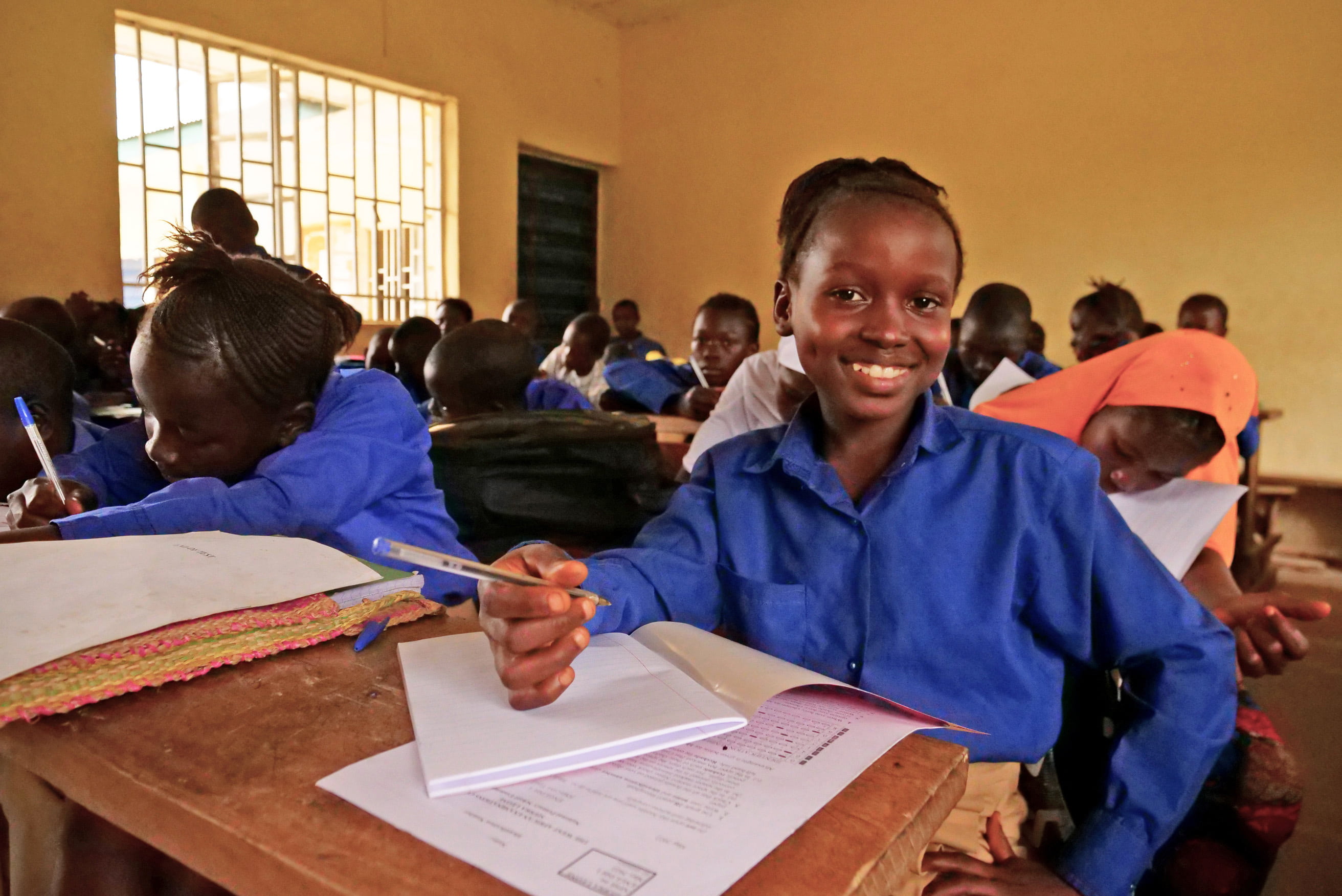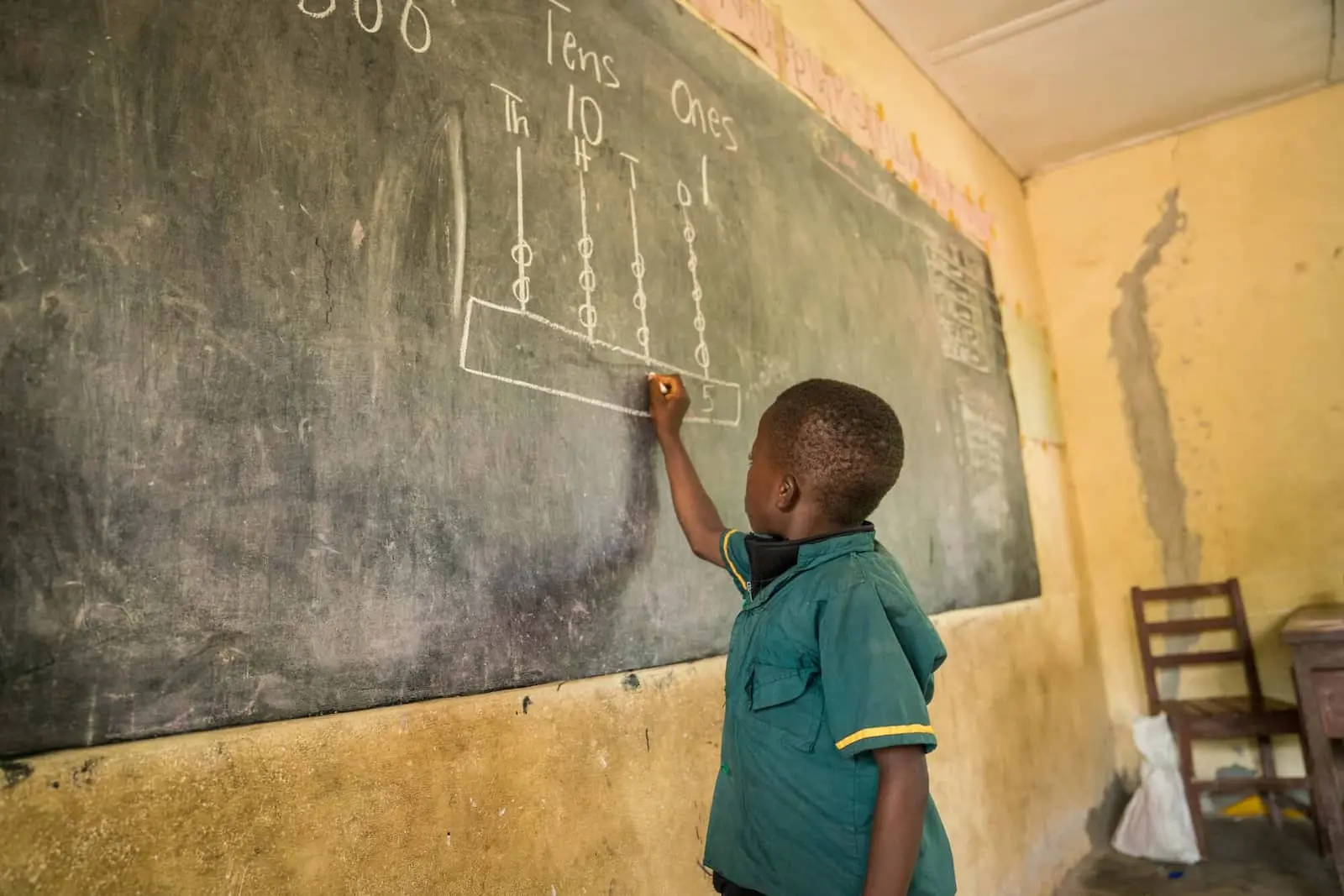The Challenge
Education is a basic human right and key to ending poverty. Among one of the most prevalent barriers to education is a safe environment for children to learn and thrive. Sierra Leone still bears the scars of over a decade of civil war (followed by the world’s largest Ebola epidemic), especially in the classroom. Past conflict, combined with old or nonexistent school buildings, unpaid teachers, and harmful gender norms all contribute to a situation where children pay the ultimate price.
This is especially true for girls, who often face violence in the classroom and at home. School related gender based violence (SRGBV), corporal punishment, and sexual abuse are all ways of diminishing a child’s wellbeing, while also negatively affecting their learning (especially, with younger students, their ability to read and write).
Our pioneering multi-million dollar, five-year pilot program (funded by Irish Aid), is the first ever large-scale research project to explore the link between school-related gender-based violence and literacy. The larger question it will help to answer: What are the ideal elements for a safe learning environment that allows students to thrive?
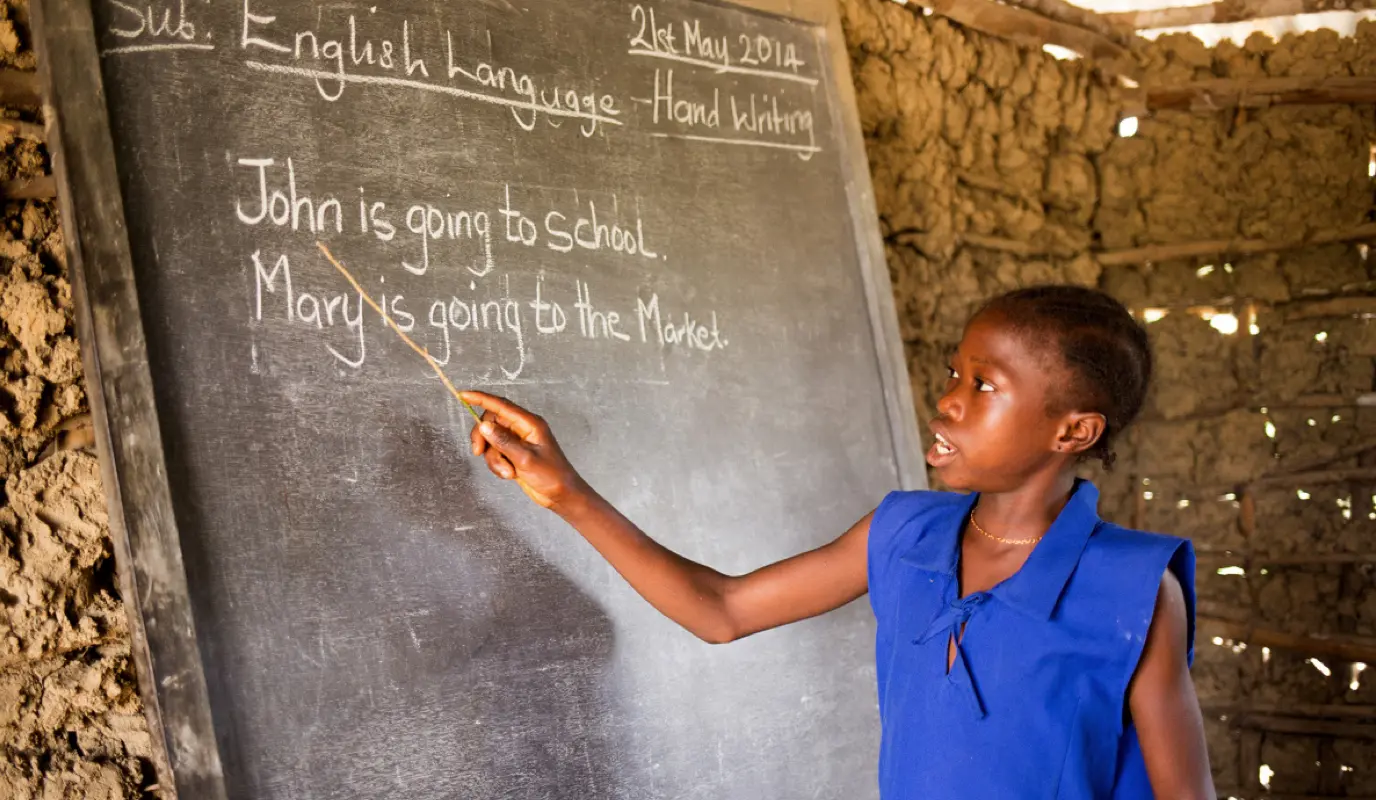
What We Know
Concern has been working in Sierra Leone for over 25 years, and during the West African Ebola epidemic, we continued to work on bringing education to quarantined children, an area of work that the government prioritized. Currently, Sierra Leone invests over 32% of its government funding in education. This combination of experience, challenge, and collaboration gave us an ideal testing ground for the Safe Learning Model. We began by collecting even more data on what it’s like to be a young student, and how gender affects education.
Girls tend to perform domestic chores more frequently than boys. Even if this doesn’t keep them out of the classroom, they still often struggle to keep up with their studies. As a result, teachers are often more likely to punish girls and praise boys (who don’t have the same demands on their time). This isn’t because parents don’t value their daughters’ educational opportunities — on the contrary, many see it as a chance for them to live a better life as they grow up. However, this view is often in conflict with existing gender norms and the expectations that come with them. And, even if a girl has enough time to study and complete her homework, she may still face gender discrimination in the classroom, which is often expressed violently.
"There are some teachers who send us to the bush to fetch firewood for their homes as a form of punishment. Most times after such a hard job, we go home very tired and exhausted. As a result, we do not study...sometimes we are asked to bring bathing soap and toothpaste for the teachers, and for some of us whose parents cannot afford it, we have no option but to receive some lashes from our teachers. There are times, if we are not beaten, we are asked to clean the school toilets."
Ending School-Related Gender-Based Violence
Following our research to better understand how these issues play out in the classroom, we then developed the Safe Learning Model, which is being implemented across 100 communities in Tonkolili District through 2021. The program, expected to reach 30,000 students by the time it ends, has three areas of focus:
1. Education
Ultimately, we want to see students receive a quality education, gaining skills in literacy (which is directly linked to better physical and mental health outcomes) and other subjects in a safe space. With a focus on literacy, the Safe Learning Model addresses this primarily through teacher training and providing learning materials.
2. Equality
With teachers, caregivers, and communities, we’re focusing on a gender-transformative approach to ending school-related gender-based violence and challenging the underlying gender norms that support this environment. In addition to training teachers, we work with parents and caregivers to ensure that the home environment is as supportive as the classroom — for girls and boys. This extends into the larger community through our Community Conversations, a method that allows communities to tackle contentious problems and emerge with shared plans for the future.
3. Health
Through our research, we’ve also discovered that adolescent sexual and reproductive health is a key time to help young men and women understand the invisible systems of gender inequity and violence that shape their worldview. By promoting healthy dynamics as they go through puberty, we can not only work with them to create a safe learning environment when they’re in school, but set them up for a lifetime of gender-transformative thinking.
A Holistic Response
Each aspect of the Safe Learning Model addresses different aspects of school-related gender-based violence. Beyond changing negative gender norms and attitudes, we have programs focused on social and emotional learning, school clubs for students, and school management communities for parents.
In our first year, while poverty and lack of access to basic services remained significant challenges to children’s overall well-being and quality of life, we began to see small but statistically significant changes in participating students’ literacy skills and overall well-being. These increases are significantly higher for girls.
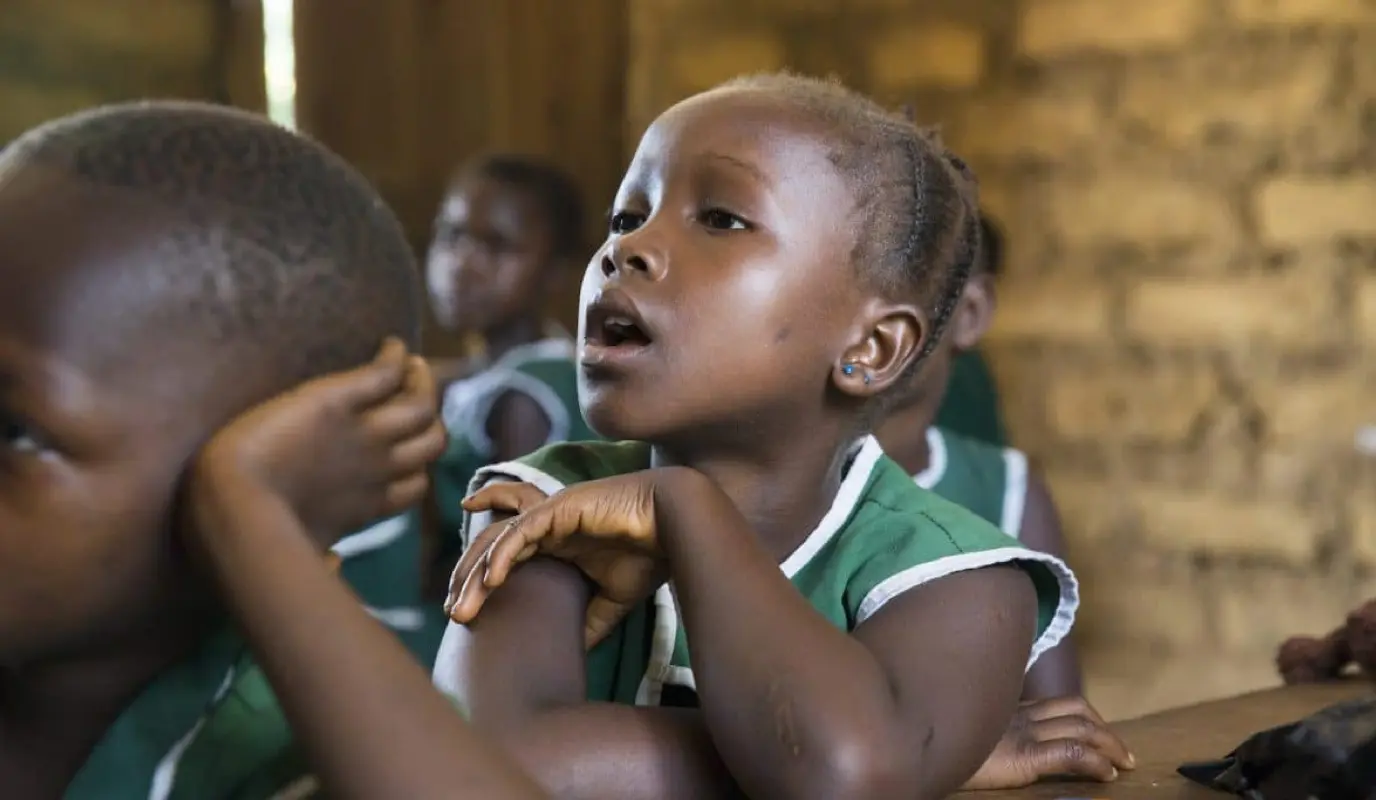
What We've Learned So Far
- Children reported higher levels of feeling good and doing well when they had enough water, felt healthier, and did more chores.
- Performing chores at home more often has been associated with higher literacy outcomes, suggesting potential links between feeling competent and high self-esteem and reading performance.
- Students who have participated in the Safe Learning Model have performed better on literacy milestones than those who have not participated.
- Overall statistically significant, positive correlations between literacy and well-being.
Your Support
Your tax-deductible gift makes you part of a vital community that enables us to reach 1 million children each year with quality education programs that have the power to transform their lives. For good.

